Louvers, barn doors, and readable glass are popular interior door options. When ordering them as a pre-hung unit, you need to identify the swing of the door and the direction of the design.
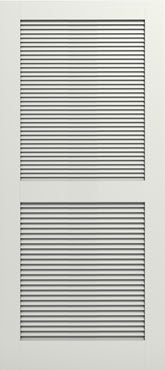
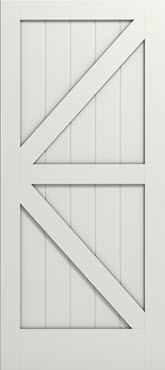
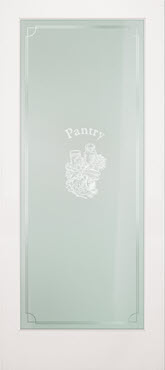
First, we need to know the swing, or the handling. Interior doors can have a left-hand or a right-hand swing.
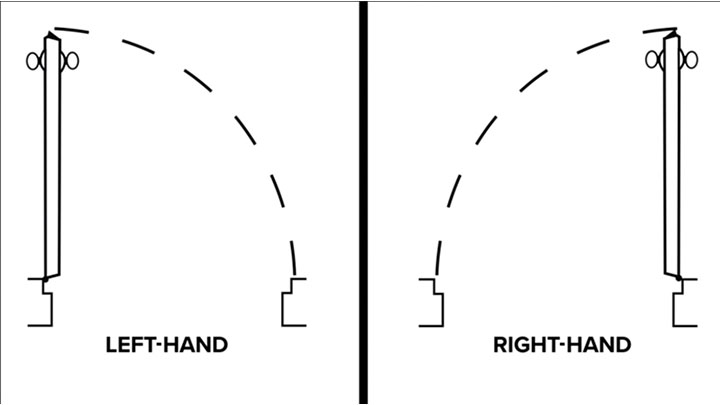
This door swings into Room 1. If we put our back to the hinges, we can see it is right-handed.
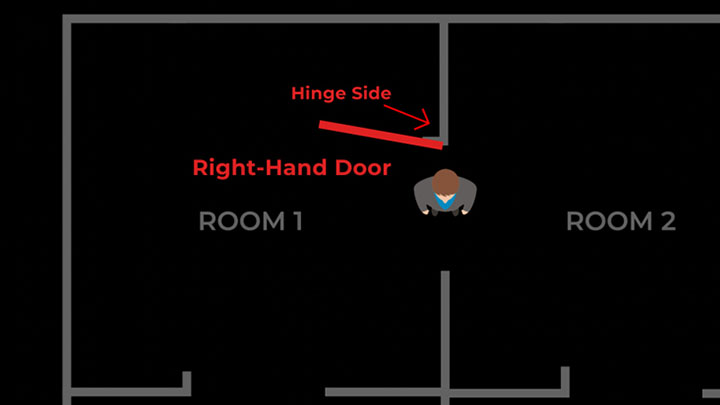
This door swings into Room 2. If we put our back to the hinges, we can see it is left-handed.
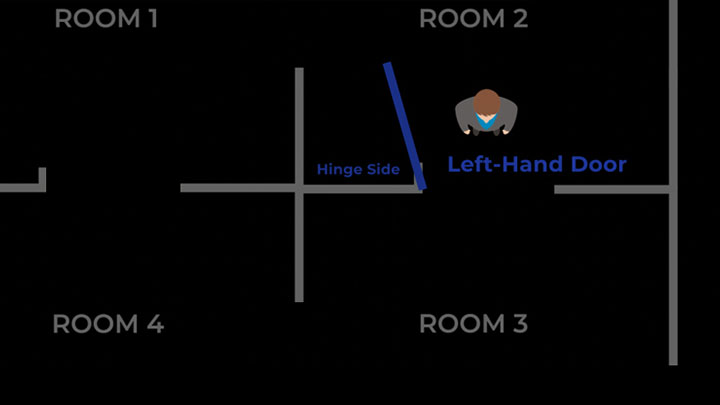
While this door swings out of the room the man is in, it is a right-handed door.
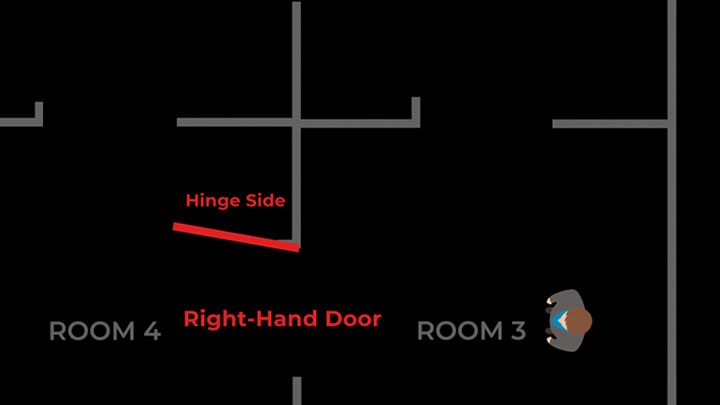
This door also swings out of the room the man is in but is a left-handed door.
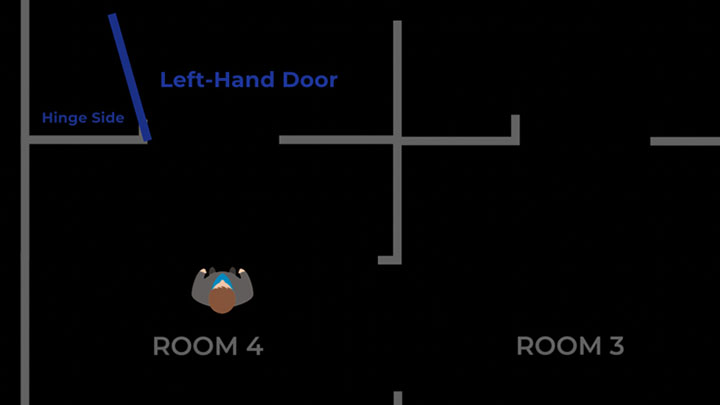
Second, we need to know if the door should face the stop side or the hinge side.
On one side of the door, we see the hinges sticking out. This makes this side of the unit called the hinge side.
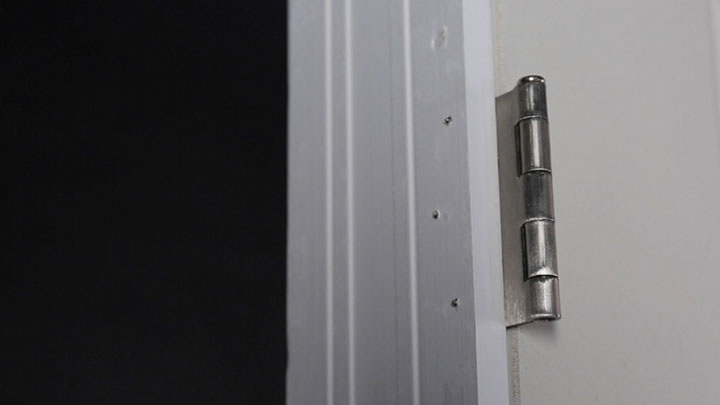
The other side is the stop side due to attachment down the middle of the flat jamb called a stop which keeps the door from swinging through.
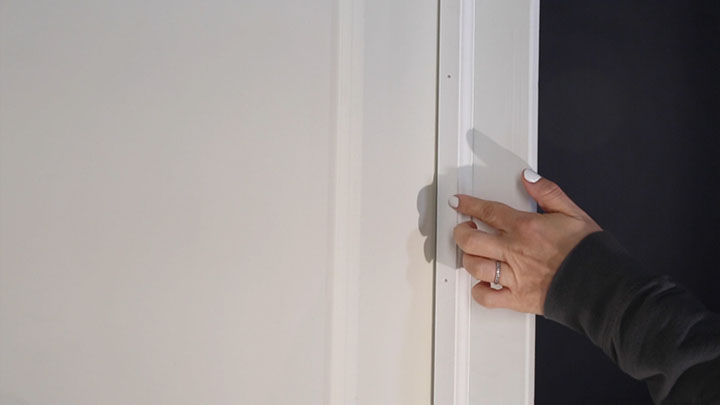
A single rabbeted jamb, double rabbeted jamb, and a split jamb also have a form of a stop, although theirs is part of the jamb.
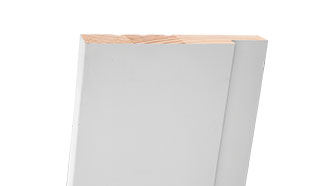
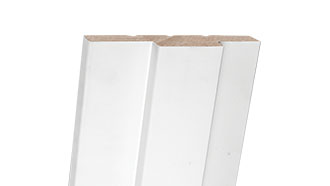
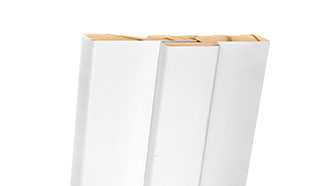
For louvers doors, barn doors, and doors with readable glass, you need to identify whether the blind side, the design, or the readable text faces the hinge or stop side. To further visualize this concept, a video showcasing this concept was created for each door type.
Click here to view a video on hanging a door with readable glass.
Click here to view a video on hanging a door with louvers.
Click here to view a video on hanging a barn door.
Click here to view a video on hanging a door with textured glass.